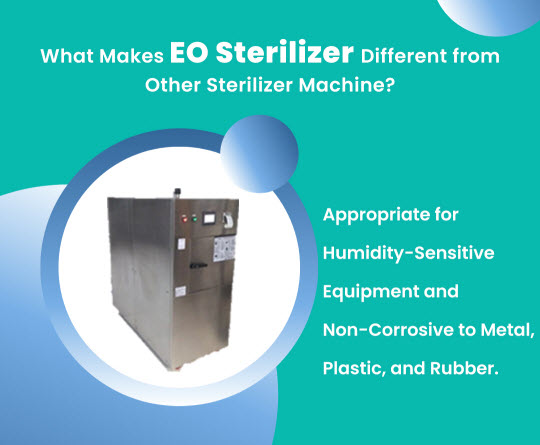In the midst of disasters and emergency medical situations, the ability to provide sterile medical instruments and equipment is paramount. Sterilization machines play a pivotal role in disaster response and emergency medical care, ensuring that medical procedures are conducted safely and effectively even in challenging circumstances.
The Importance of Sterilization in Emergency Medical Care
Emergency medical care often involves treating individuals in dire conditions, where the risk of infection is high. Sterile instruments and equipment are essential to prevent complications, ensuring that patients receive the best possible care and treatment. Whether it’s a natural disaster, a pandemic, or a mass casualty incident, maintaining proper sterilization protocols is crucial.
Challenges in Sterilization During Disasters
3.1 Limited Resources
One of the major challenges in disaster situations is the scarcity of resources. Emergency medical teams must work with limited supplies and equipment, making it essential to maximize the utility of available resources.
3.2 Rapid Sterilization Requirements
Disaster response often demands swift action. In many cases, sterilization needs to occur rapidly to address the immediate needs of patients. Traditional sterilization methods can be time-consuming, which may not be feasible during emergencies.
Sterilization Machines: A Critical Component
4.1 Types of Sterilization Machines
Sterilization machines, also known as autoclaves, are designed to disinfect and sterilize medical instruments and equipment effectively. They come in various types, including steam autoclaves, dry heat sterilizers, and ethylene oxide sterilizers. The choice of machine depends on the specific requirements and available resources.
4.2 Portability and Mobility
One of the key advantages of sterilization machines in disaster response is their portability. Some models are compact and can be easily transported to the disaster site or set up in mobile medical units. This flexibility ensures that sterilization can occur where it is needed most.
4.3 Rapid Sterilization Capabilities
Many modern sterilization machines are equipped with rapid sterilization cycles. These cycles use advanced technology to sterilize instruments and equipment in a fraction of the time required by traditional methods. This is especially beneficial in emergency medical care, where time is of the essence.

Benefits of Sterilization Machines in Disaster Response
The utilization of sterilization machines in disaster response and emergency medical care offers several advantages:
- Safety: Ensuring that medical instruments are sterile prevents infections and complications, particularly important in emergency situations.
- Speed: Rapid sterilization cycles allow for quick response to medical needs, potentially saving lives.
- Resource Efficiency: Sterilization machines help maximize the utility of available resources, reducing waste and conserving supplies.
- Mobility: Portable sterilization machines can be deployed in remote or makeshift medical facilities.
Real-World Applications
Sterilization machines have been instrumental in various real-world disaster response scenarios, such as earthquake relief efforts, pandemic response, and refugee camp healthcare. They have enabled medical teams to provide critical care under challenging conditions, safeguarding both patients and healthcare providers.
Conclusion
Sterilization machines are unsung heroes in disaster response and emergency medical care. They facilitate the provision of safe and effective healthcare in dire circumstances, where the risk of infection and complications is high. Their portability, speed, and efficiency make them invaluable assets to medical teams and organizations engaged in disaster relief.
FAQs
1. What types of sterilization machines are commonly used in disaster response?
- Steam autoclaves and ethylene oxide sterilizers are commonly used due to their effectiveness and portability.
2. How long does rapid sterilization take in modern sterilization machines?
- Rapid cycles can vary but often take significantly less time than traditional sterilization methods, typically within minutes to an hour.
3. Can sterilization machines be powered in areas with limited electricity during disasters?
- Yes, some sterilization machines are designed to run on alternative power sources, such as generators or solar panels.
4. Are sterilization machines suitable for single-use items in disaster response scenarios?
- Sterilization machines are typically used for reusable items, but some models can be used for single-use items in emergencies to maximize resource efficiency.
5. How can I get involved in disaster response with a focus on medical care and sterilization support?
- Organizations like medical NGOs and disaster relief agencies often seek volunteers with medical expertise, including sterilization technicians, during disaster response efforts. Research organizations and NGOs that align with your interests and skills to get involved.





